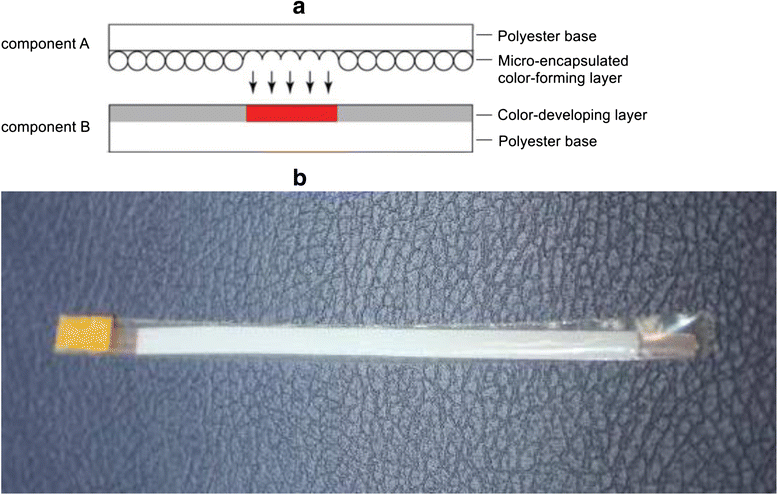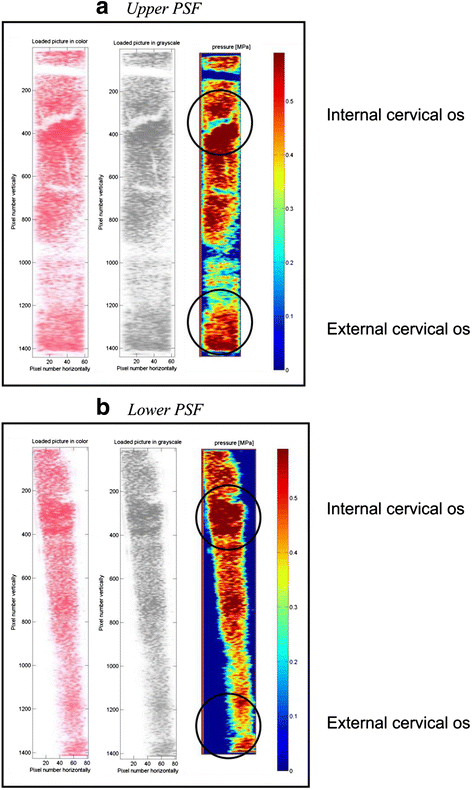Analysis of cervical resistance during continuous controllable balloon dilatation: controlled clinical and experimental study
- PMID: 26510412
- PMCID: PMC4625528
- DOI: 10.1186/s13063-015-1003-8
Analysis of cervical resistance during continuous controllable balloon dilatation: controlled clinical and experimental study
Abstract
Background: Hydraulic dilatation is a novel method of cervical dilatation that is based on continuous controllable dilatation (CCBD) by the pumping of fluid into the balloon extension of the system. The main advantage of this procedure is that it allows control of and insight into the process of cervical dilatation.
Methods: For the purposes of our research, we created a new and upgraded system for CCBD which consists of a programmed hydrostatic pump connected to a balloon extension. With regard to our aim to precisely measure and determine the location of the cervical resistance, we placed two pressure-measuring films, one on the top and one on the bottom of the balloon extension. This study included 42 patients in whom cervical resistance was measured before suction curettage.
Results: Cervical dilatation and measurement of cervical resistance were successful in all patients. The analysis of the pressure-measuring films showed that the points of highest resistance were located in the zone of the internal cervical os and that these values were much higher than those in the zone of the external cervical os (0.402 versus 0.264 MPa at the upper pressure-sensitive film; 0.387 versus 0.243 MPa at the lower pressure-sensitive film). This study also showed that an increase in cervical resistance in the zone of the internal cervical os was followed by an increase in cervical resistance in the zone of the external cervical os.
Conclusions: During CCBD, the internal cervical os is the centre of cervical resistance, and the values do not decline with the number of miscarriages or the number of previous births.
Trial registration number: ISRCTN Registry identifier: ISRCTN30949871 . Date of registration: 13 May 2015.
Figures




References
-
- Myers KM. Mechanical and biochemical properties of human cervical tissue [dissertation] Cambridge: Massachusetts Institute of Technology, Department of Mechanical Engineering; 2005. pp. 15–8.
-
- Crane JMG, Healey S. Use of misoprostol before hysteroscopy: a systematic review. J Obstet Gynaecol Can. 2006;28(5):373–9. - PubMed
-
- Hogue CJ. Impact of abortion on subsequent fecundity. Clin Obstet Gynaecol. 1986;13(1):95–103. - PubMed
Publication types
MeSH terms
Associated data
LinkOut - more resources
Full Text Sources
Other Literature Sources

